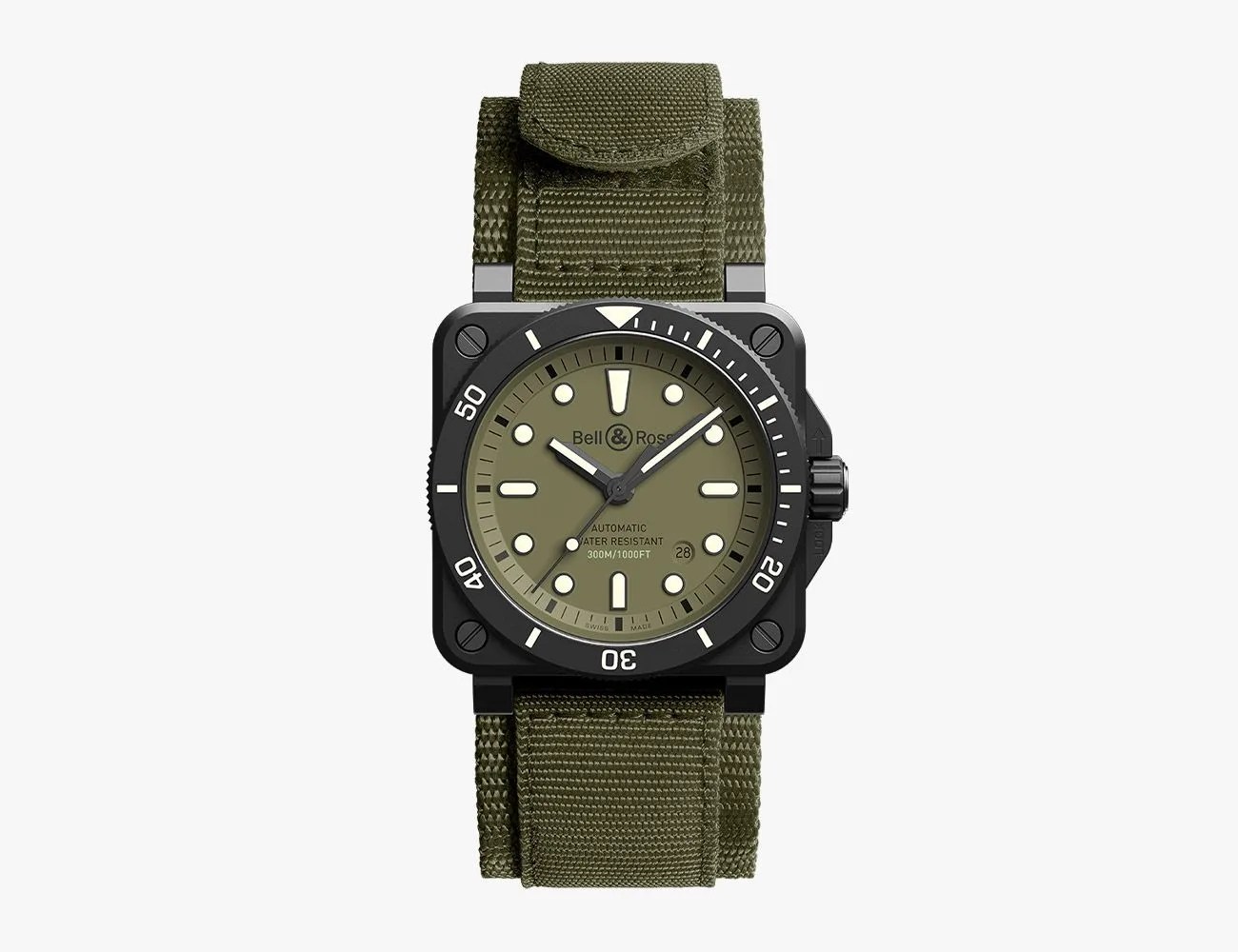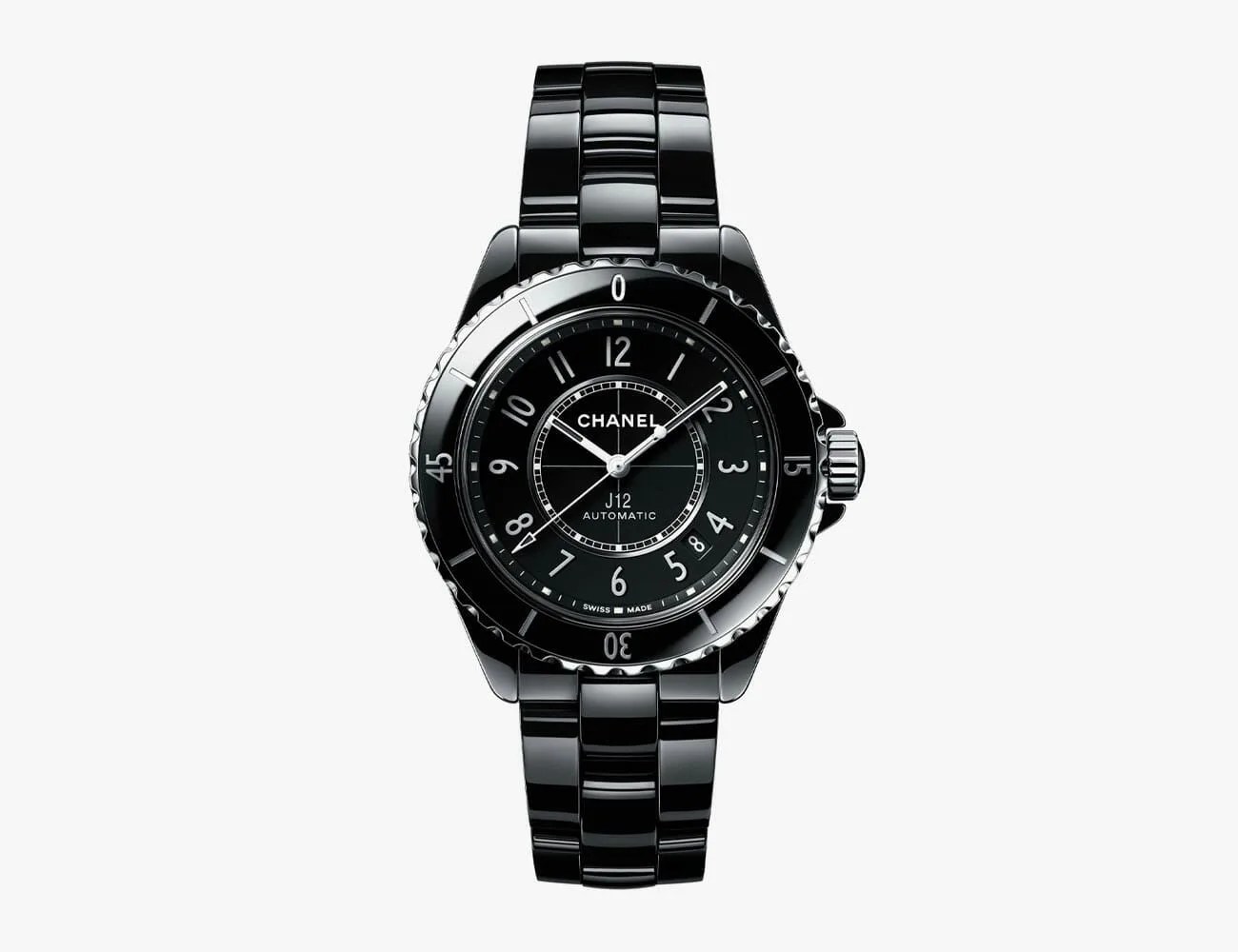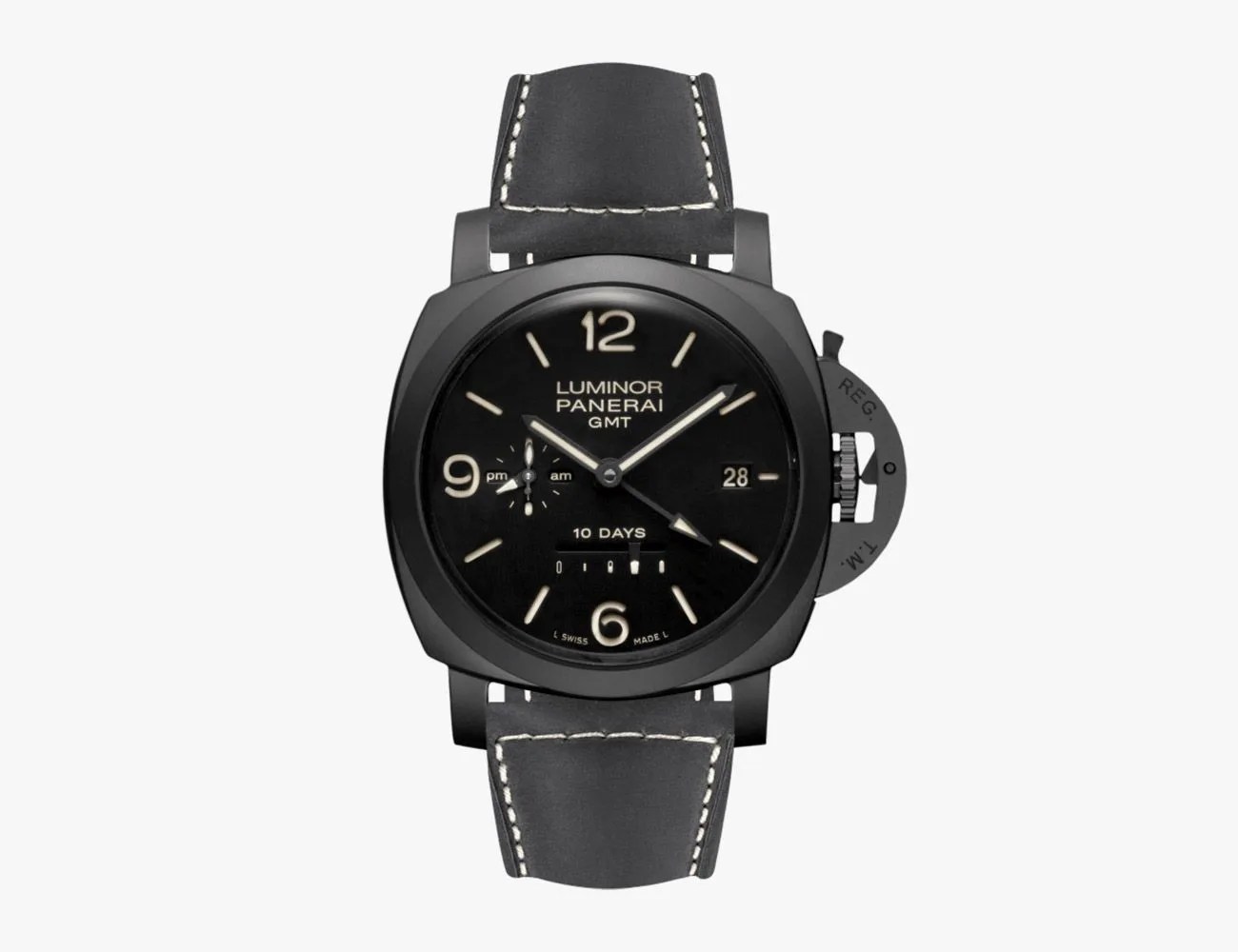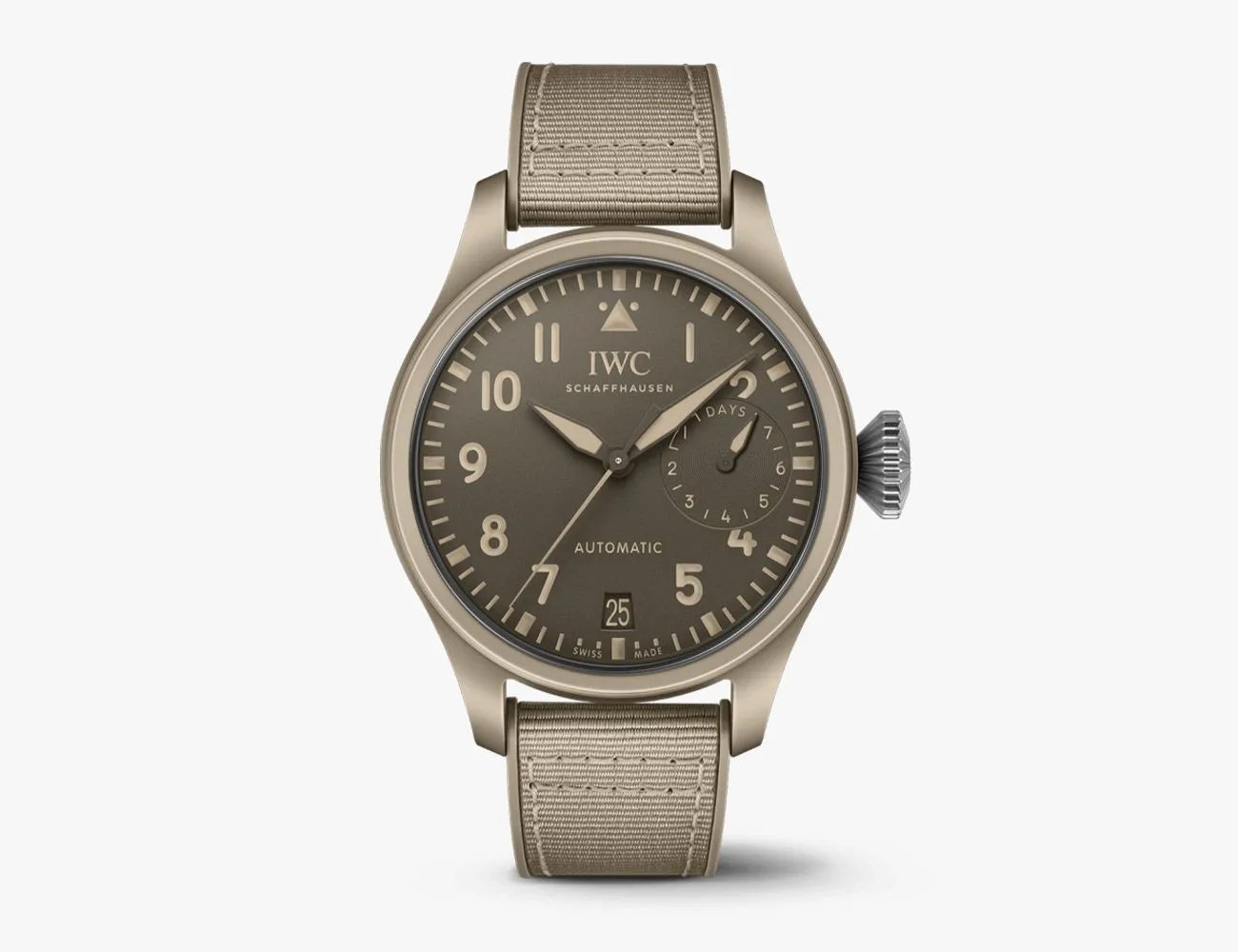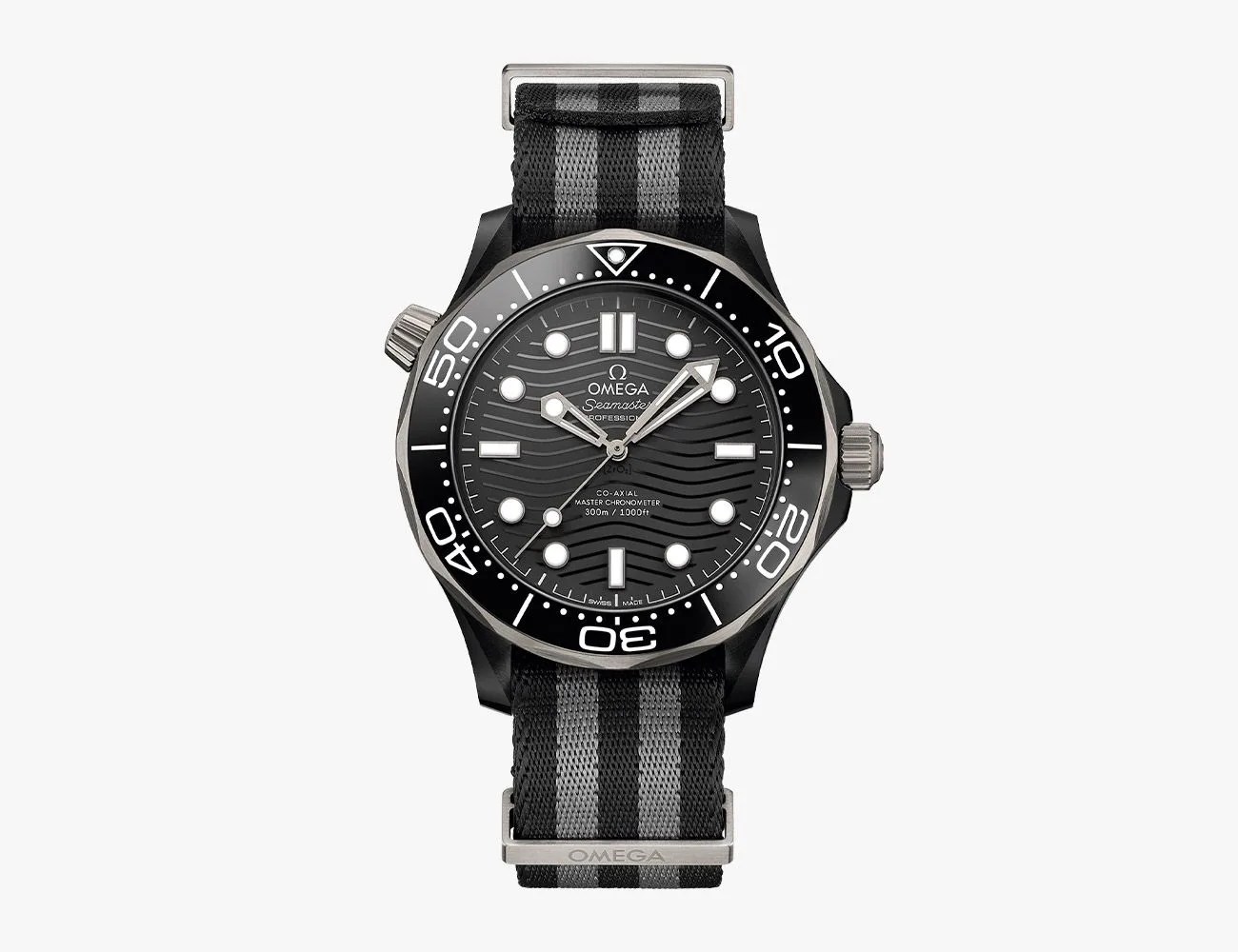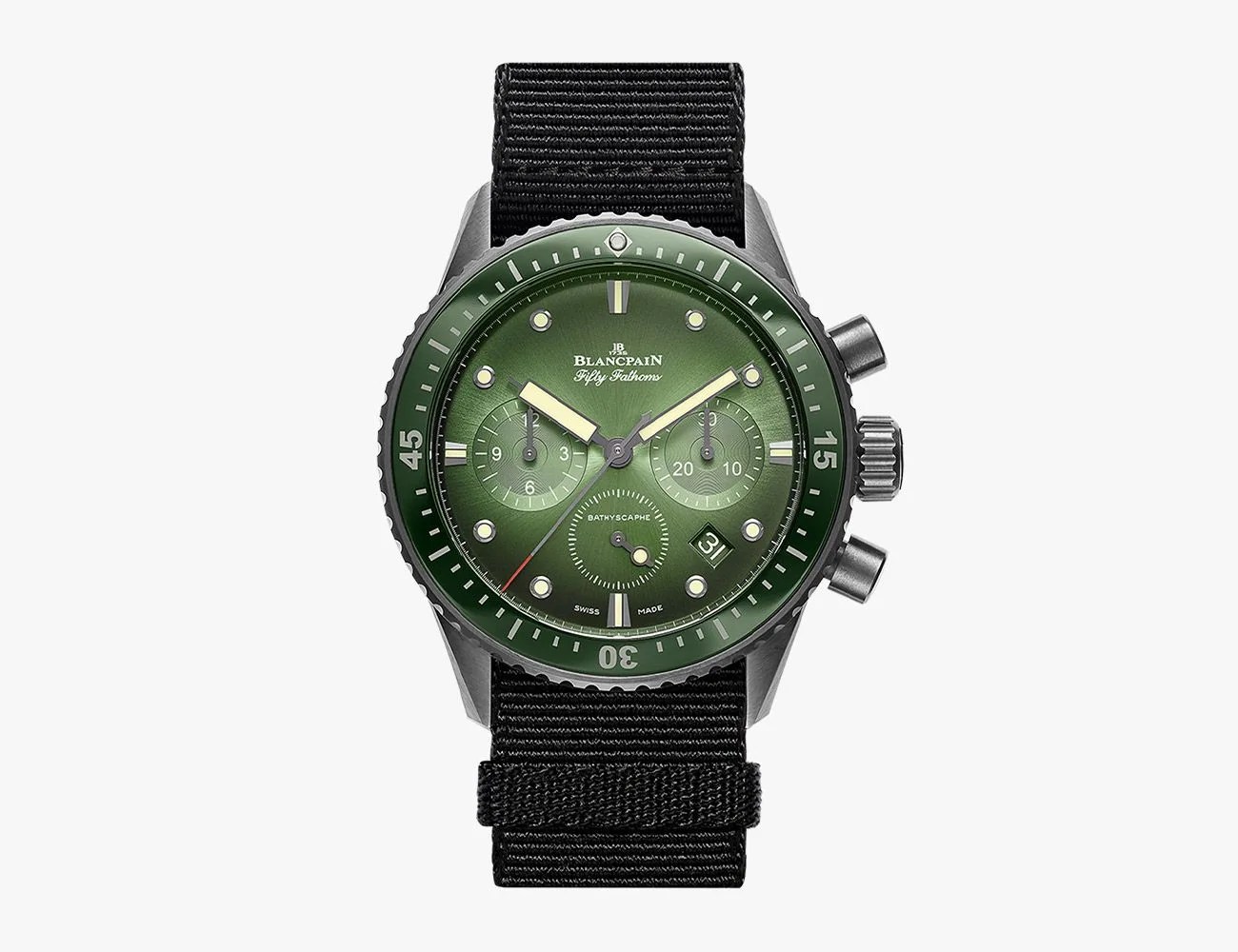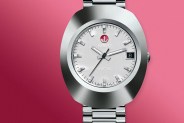The use of ceramic has been one of the biggest trends in watchmaking in recent years, expanding from a relatively rare and niche material with limited use and color options to a highlighted feature in iconic watch lines by many of the most prestigious Swiss brands. Watch companies are truly excited about ceramic’s use even in dials and bezels, but especially full watch cases, and they expect consumers to see the benefits as well. Why is ceramic so cool? A lot of pretty good reasons, it turns out.
Ceramic is still somewhat exotic and considered a premium alternative to common materials like stainless steel. However, it also has some properties that are particularly appropriate for the purposes of watchmakers and watch wearers. These beneficial properties are threefold: ceramic is lightweight, it’s essentially scratch-proof, and its color never fades. The one major drawback to ceramic is that really hard impacts can, unlike metal, cause it to chip or crack, though this is not a common occurrence. Ceramic also involves some technical challenges in its production, particularly when working with colors other than black and white and when trying to achieve even tones of desired hues.
Ceramic has been in use as a watch case material since the Rado Diastar in 1962. More recently it’s begun to replace aluminum as the bezel material of choice even in entry-level luxury watches due to its scratch-resistance. Paired with a sapphire crystal, a ceramic bezel amounts to a more or less scratch-proof watch facade. It further offers the possibility of colored cases (black being most popular) without the problem of showing the underlying metal when scratched, as can occur with metal cases using coatings. While Rado has been making ceramic watches for decades, brands from Omega to Panerai have been pushing ceramic technology forward and releasing full ceramic cases in a range of finishes and even colors. There was even an Apple Watch in ceramic at one point.
As a premium material, ceramic typically commands a higher price than similar watches in steel. It will be interesting to see if future ceramic watches are able to be produced at lower costs, with more color variation, and/or other desirable properties. Below are some of the best ceramic watches you can get today.
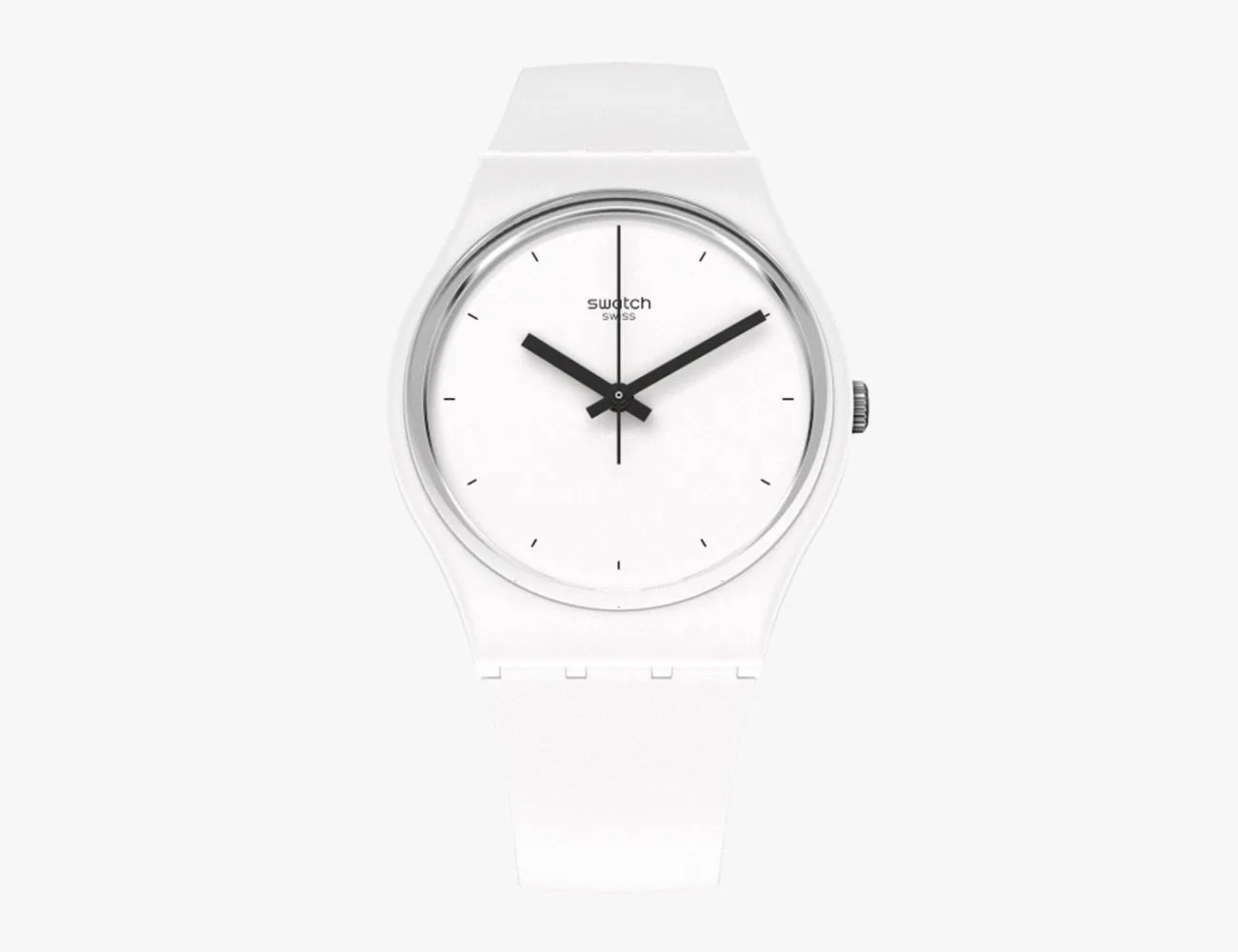 Courtesy
CourtesySwatch Bioceramic
If you want a ceramic watch, you’re typically talking about luxury prices with a significant premium over stainless steel steel. Swatch’s new Bioceramic, however, kind of blows that notion out of the water. Specifically, Bioceramic is the brand’s own concoction of a third bio-sourced plastic and two thirds ceramic. And somehow, they’ve found a way to offer it in stocking-stuffer-priced packages like this nicely designed quartz watch.
Diameter: 37mm
Movement: Quartz
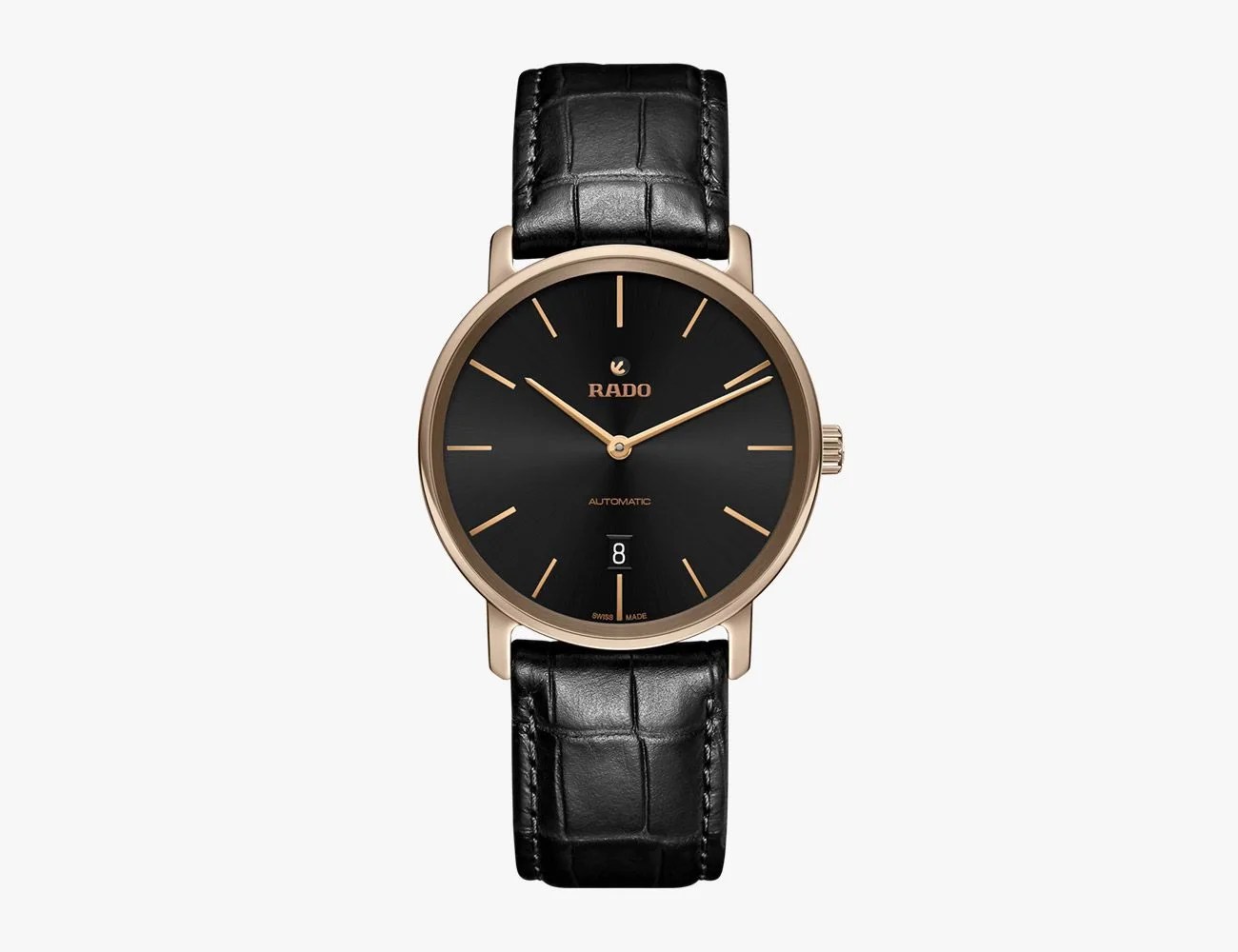 Courtesy
Courtesy
